Minimum Spanning TreeBefore knowing about the minimum spanning tree, we should know about the spanning tree. To understand the concept of spanning tree, consider the below graph: 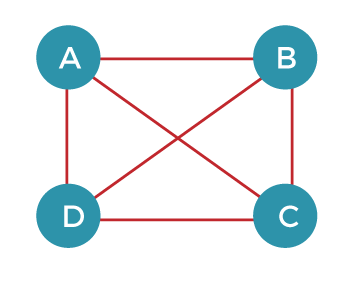
The above graph can be represented as G(V, E), where 'V' is the number of vertices, and 'E' is the number of edges. The spanning tree of the above graph would be represented as G`(V`, E`). In this case, V` = V means that the number of vertices in the spanning tree would be the same as the number of vertices in the graph, but the number of edges would be different. The number of edges in the spanning tree is the subset of the number of edges in the original graph. Therefore, the number of edges can be written as: E` € E It can also be written as: E` = |V| - 1 Two conditions exist in the spanning tree, which is as follows:
Note: A graph can have more than one spanning tree.Consider the below graph: The above graph contains 5 vertices. As we know, the vertices in the spanning tree would be the same as the graph; therefore, V` is equal 5. The number of edges in the spanning tree would be equal to (5 - 1), i.e., 4. The following are the possible spanning trees: 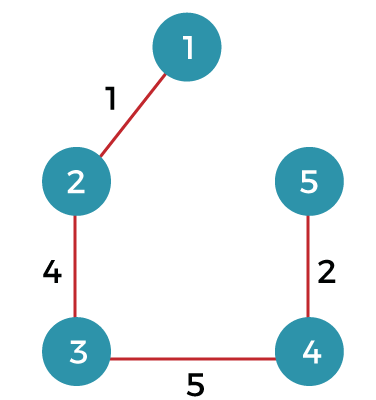
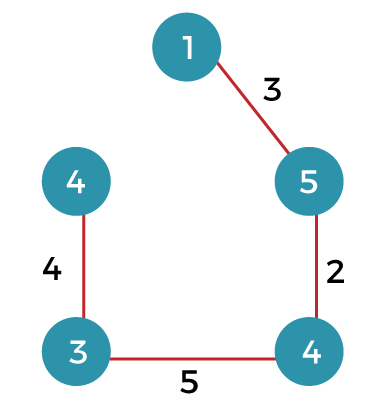 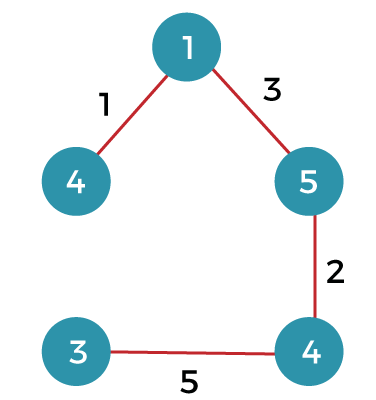 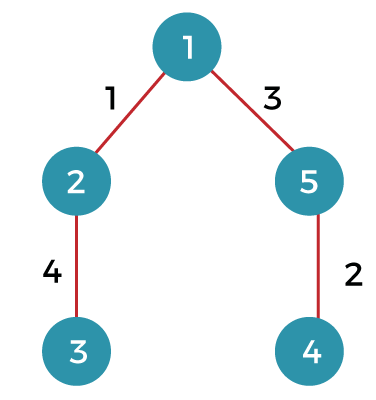
What is a minimum spanning tree?The minimum spanning tree is a spanning tree whose sum of the edges is minimum. Consider the below graph that contains the edge weight: The following are the spanning trees that we can make from the above graph.
General properties of minimum spanning tree:
Let's understand the last property through an example. Consider the complete graph which is given below: 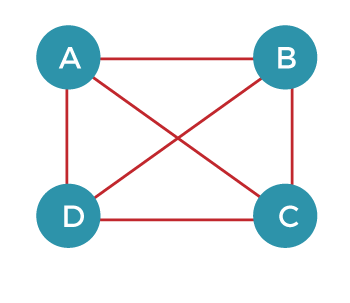
The number of spanning trees that can be made from the above complete graph equals to nn-2 = 44-2 = 16. Therefore, 16 spanning trees can be created from the above graph. The maximum number of edges that can be removed to construct a spanning tree equals to e-n+1 = 6 - 4 + 1 = 3.
Next TopicMST Applications
|
 For Videos Join Our Youtube Channel: Join Now
For Videos Join Our Youtube Channel: Join Now
Feedback
- Send your Feedback to [email protected]
Help Others, Please Share










